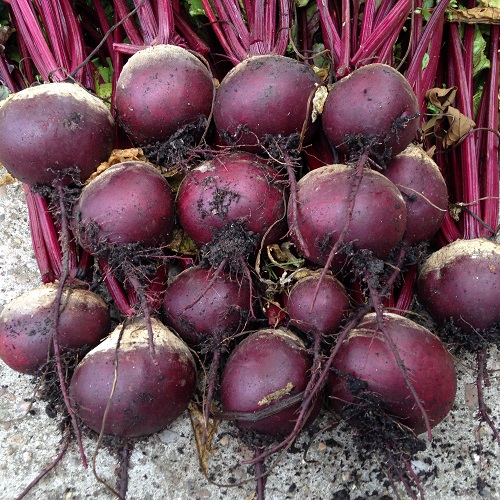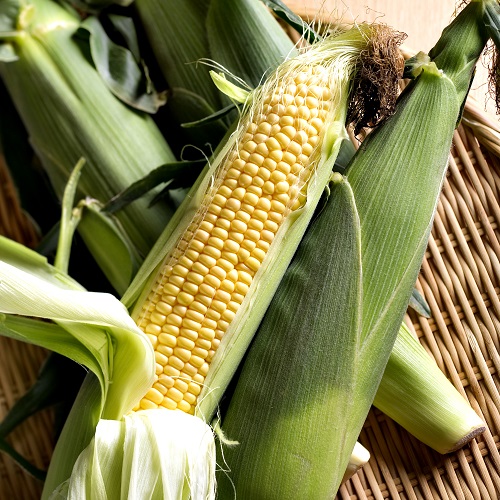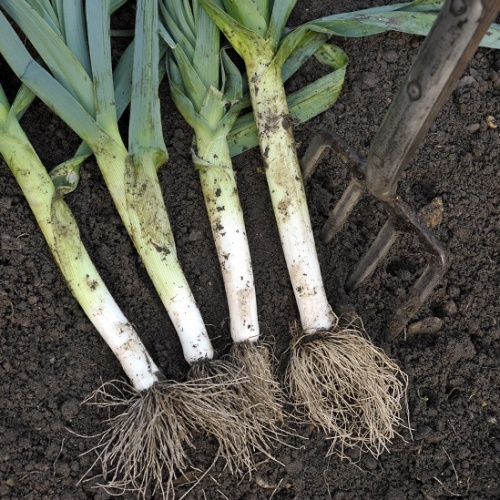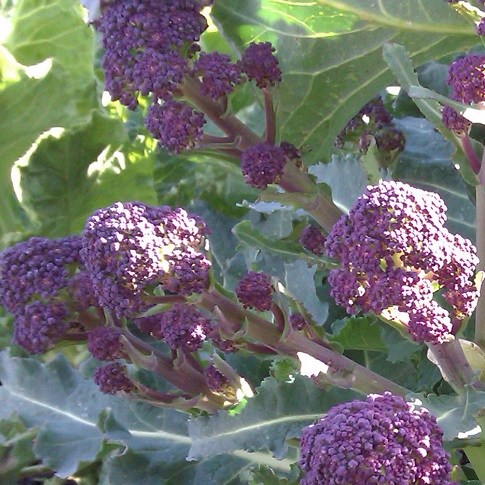Customers who bought this item also bought:
Beetroot Boltardy£0.99
£0.79
Beetroot Boltardy is the most popular variety for early and.....
Average Contents : 350 seeds
Sweetcorn Swift£1.29
£0.99
Back by demand! Popular early season variety.....
Av. Packet Contents : 30 seeds
Leek Musselburgh
£0.99
Long established and very popular with amateur......
Average Contents : 400 seeds
Broccoli Purple Sprouting Early
£0.99
Purple Sprouting Early is for harvesting in February.....
Av. Packet Contents : 250 seeds
Customer Reviews
Be the first to Write a Review for this item!




